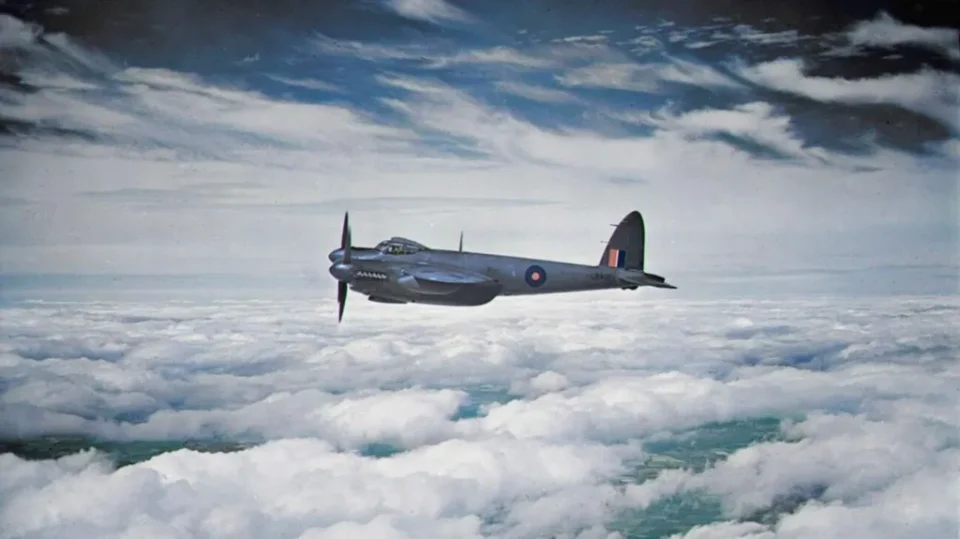The engine from a World War Two aircraft has been refurbished as part of an initiative aimed at honoring the role of RAF reconnaissance missions during the war.
The Rolls-Royce Merlin engine, which was part of an RAF Mosquito that participated in numerous operations across occupied territories in Europe, was restored in Bicester, Oxfordshire.
The Mosquito sustained damage in five separate incidents and made two returns to the UK, with only one engine operational during those flights.
In 1944, the aircraft met with tragedy when it crashed into the mountains of Wales, resulting in the deaths of its two crew members shortly after taking off from RAF Benson for a test flight.
This refurbishment effort, conducted by Eco Group, is tied to a broader campaign advocating for the establishment of a monument in Whitehall, central London, to honor those involved in reconnaissance missions.
Tony Hoskins, director of the Spitfire AA810 Restoration campaign group, noted that the wreckage of the aircraft remained at the Aran Fawddwy Mountain crash site until its recovery in the early 1980s.
He explained that the engine’s state upon recovery was predictably dire.
“During wartime production, there wasn’t much emphasis on preventing corrosion—these planes weren’t expected to have a long lifespan,” he remarked. “There was significant corrosion caused by the marine environment and biological factors.”
The DH98 de Havilland Mosquito was celebrated for its adaptability and utilized for various roles, including combat, bombing, reconnaissance, and as a pathfinder.
This specific aircraft was built in early 1943 and operated under the 540 Photographic Reconnaissance Squadron, which was based at RAF Benson.
It undertook unarmed missions across occupied Europe, covering regions such as France, Germany, Italy, Norway, and Poland.
On February 9, 1944, it crashed, leading to the fatalities of pilot Marek Slonski-Ostoja and navigator Paul Riches, who now rest together in Chessington Churchyard, London.
Plans are in place for the monument to be completed by 2026.
Currently, the restored engine is on exhibit at the Classic Collective workshop located in Bicester.


